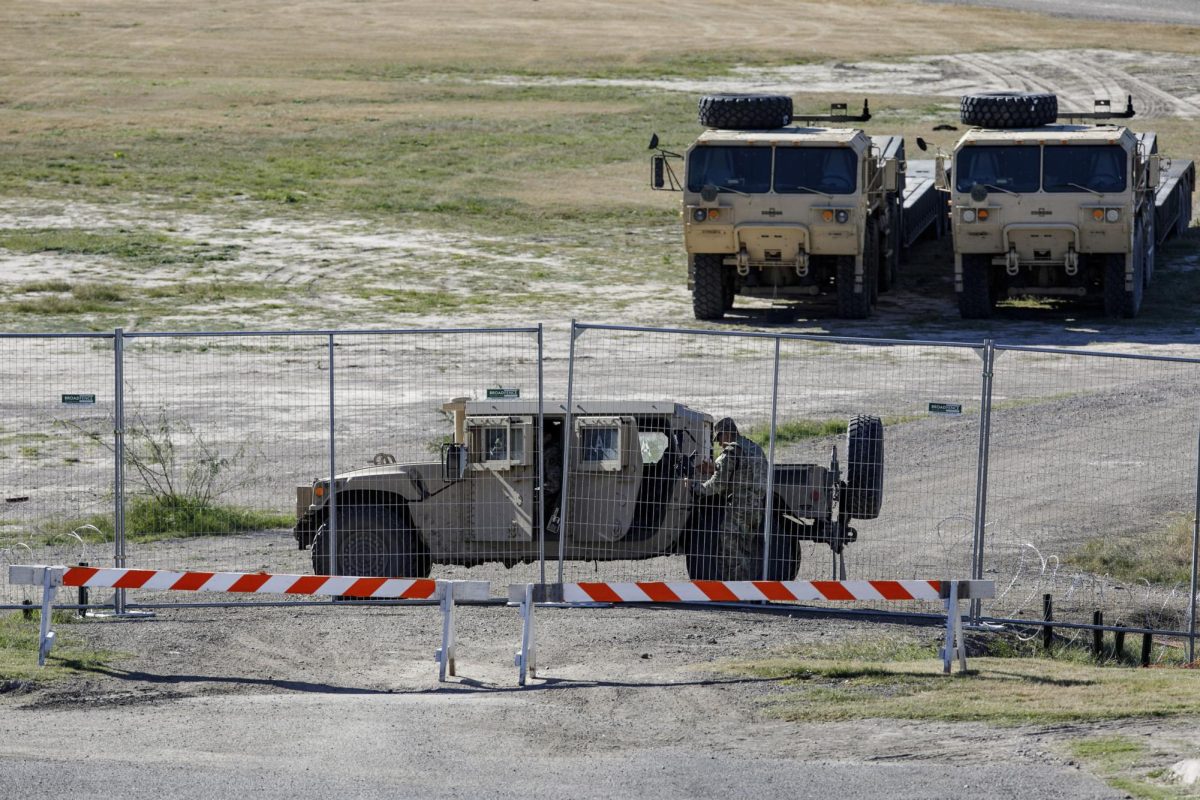In the center of the gorgeous Klamath Basin of southern Oregon, a monumental event is about to happen, marking a turning point in the region’s environmental history. The Klamath Dam is finally set to be demolished after years of dispute, discussions, and coordinated attempts by many different groups. There are multiple reasons for this demolition, including, but not limited to, the cultural legacy behind the Klamath itself and the environmental factors surrounding it.
Since its construction in the early 20th century, the Klamath Dam, which consists of a group of four hydroelectric dams along the river, has been a topic of intense debate. The dams have had grave negative effects on the ecosystem and the Native American populations that depend on the river for food and cultural importance, despite their initial praise for their contribution to the provision of renewable energy and irrigation water to the area.The effect of the dam on the local ecosystem, particularly the number of salmon in the river, has been among the most controversial issues regarding the dam. The dams have prevented salmon and steelhead from migrating normally, which has led to a substantial decline in their population. The financial stability of commercial and tribal fishers has also been seriously affected by this loss, in addition to its ecological effects.
The Klamath Tribes, Yurok Tribe, and Karuk Tribe all place quite a bit of cultural and spiritual value on the Klamath River. Traditional fishing methods were hampered by the building of the dams, which also threatened the fundamental foundation of their cultural roots. Additionally, the local economy has been severely harmed by the falling fish populations, which has an impact on both Native American and non-Native residents in the area. Years of work have been put towards addressing the problems caused by the Klamath Dam. Many parties, such as tribal leaders, environmental activists, government groups, and dam owners participated in tough discussions and legal disputes. The Klamath Hydroelectric Settlement Agreement and the Klamath Basin Restoration Agreement, two landmark accords that paved the way for the dam’s removal, were signed as a result of these efforts.
The dam’s demolition is a complicated engineering project that needs to be carefully planned and carried out. The four dams must be taken down and any potential environmental effects must be mitigated. In order to enable salmon and other native fish species to return to the traditional breeding areas, the project is focused on restoring the Klamath River’s natural flow. The rehabilitation of this ecosystem is one of the most crucial aspects of the dam’s removal. The river’s wetlands are being revitalized, the water quality is being improved, and fish habitats are being restored. These actions will enhance not only the condition of the river and the surrounding area, but also the fish populations.
For the Klamath River and the communities who depend on it, the destruction of the dam marks a fresh start. It serves as proof of the power of cooperation and the willingness to learn from past mistakes. It stands for a dedication to mending the harm done to the community’s environment, culture, and economy. The end goal is that the Klamath will once again flow freely, overflowing with life, and acting as a source of pride and sustenance for future generations, despite the difficulties that lie ahead in the difficult process of demolition and restoration.





